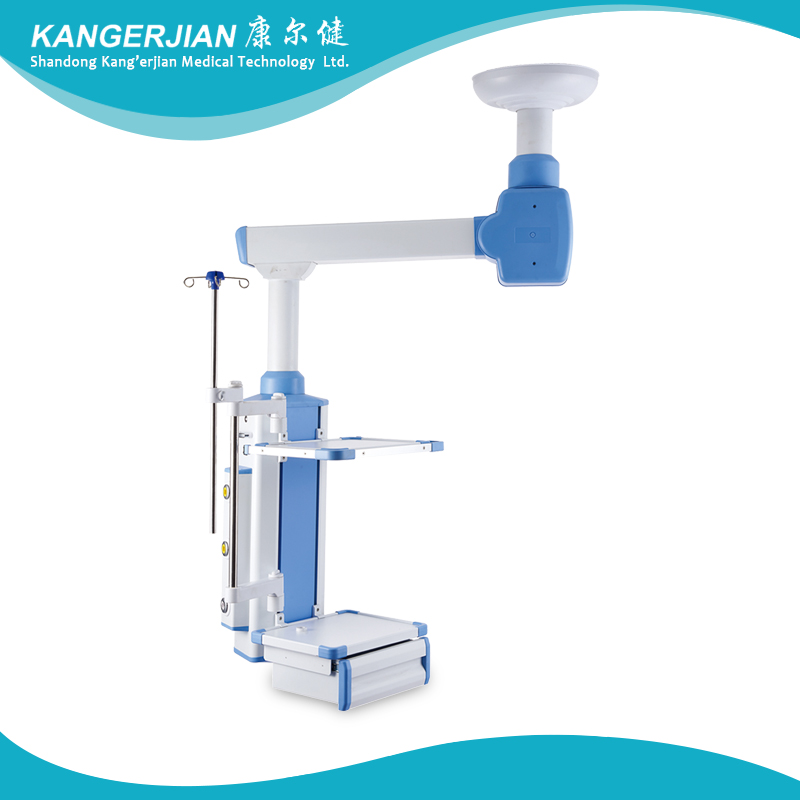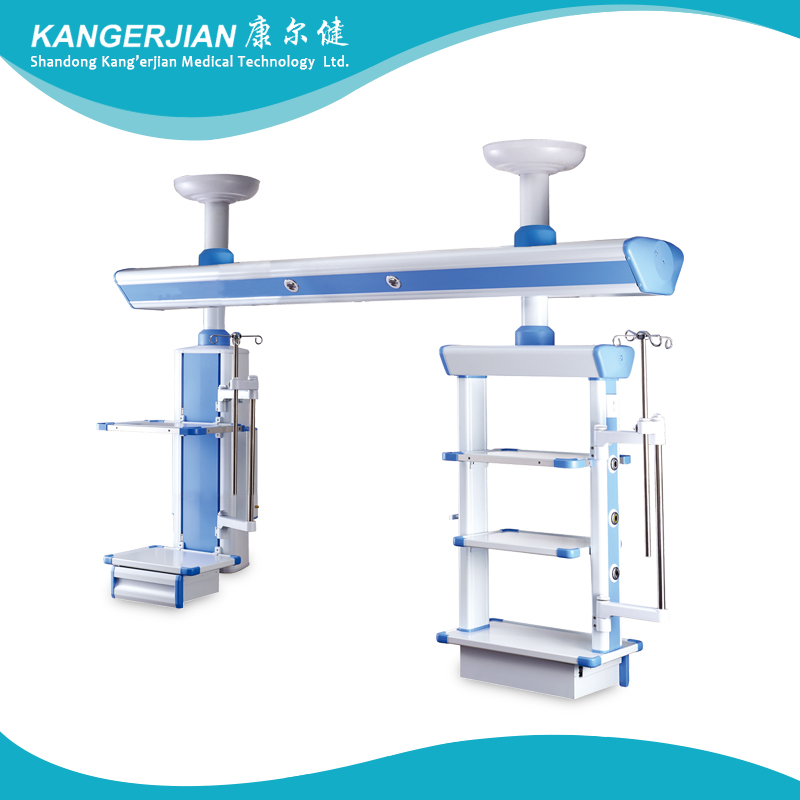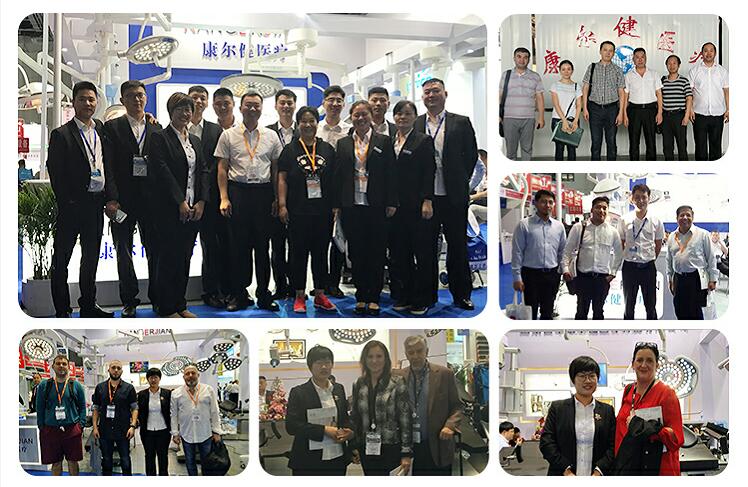Knowledge of wastewater treatment process in food processing and production
First, the characteristics of the food industry: The food industry is an industry that processes agricultural, animal husbandry, fishery and forestry products as its main raw materials. It is estimated that the total output value of the food industry will exceed 6 trillion yuan this year. The food production and processing enterprises have low concentration, high proportion of small and medium-sized enterprises, and low technical level. There are more than 400,000 food production and processing enterprises in the country, but enterprises above designated size. There are only 37,705 homes. Second, the characteristics of the food industry wastewater: Due to the wide variety of foods and the wide range of raw materials, the food industry wastewater has high suspended solids, high oil content, large COD and BOD values, large changes in water quality and water volume, and high nitrogen and phosphorus compounds. The hazard is mainly to make the water body eutrophic. It causes the death of aquatic animals and fish, and causes the organic matter deposited on the bottom to produce odor, deteriorate water quality and pollute the environment. 3. Classification and characteristics of wastewater from food industry The food industry is an industry that processes agricultural, animal husbandry, fishery and forestry products as its main raw materials. As a low-input and high-efficiency industry in China's rapid economic growth, the food industry has developed rapidly in recent years and plays an important role in promoting economic growth, improving people's living standards and making full use of resources. The food industry includes many food-related industries with different classification methods. If classified according to the raw materials used, it can be divided into: meat and meat products industry; poultry and egg processing industry; aquatic product processing industry; sugar industry; fruit and vegetable processing industry; grain processing industry; starch industry; edible oil industry; Alcoholic beverage industry; non-alcoholic beverage industry; condiment and additive industry. A large amount of by-products and waste are produced during food processing. For example, the sugar industry requires 9 to 10 tons of sugar beet or sugar cane per ton of sugar; 3 to 3.3 tons of grain per ton of alcohol; 3 to 4 tons of starch per ton of MSG; 1.7 to 1.9 tons of corn per ton of starch. Etc., a large amount of raw materials (about 30% to 50%) that enter the product eventually become by-products and waste. Therefore, as the output of the food industry increases, the amount of agricultural products consumed also increases, and the amount of by-products and waste generated also increases. Most of these by-products can be used as farmland fertilizers, while others are nutrient-rich feeds. If used rationally, they can save resources and promote the development of agricultural and sideline industries. If they are not used or used badly, they will become the main source of environmental pollution. . The food processing industry uses water as industrial water and washing water. The amount of water used is large and the amount of wastewater discharged is also large. For example, 150 tons of water per ton of sugar is produced; 35 tons of water per ton of beer; 100 tons of water per ton of canned water; 1000 tons of water per ton of MSG; 100 tons of water per ton of beverage; 200 tons of water per ton of alcohol; The food industry wastewater is mainly derived from three production sections. (1) Raw material cleaning section A large amount of sand and debris, leaves, skin, scales, meat, feathers, hair, etc. enter the wastewater, so that the wastewater contains a large amount of suspended matter. (2) Production section Many of the raw materials in the raw materials cannot be fully utilized during the processing, and the unused portion enters the wastewater, so that the wastewater contains a large amount of organic matter. (3) Forming section In order to increase the color, aroma and taste of food, and to extend the shelf life, various food additives have been used, and some of them have been lost into the wastewater, making the chemical composition of the wastewater complicated. The characteristics of food industry wastewater mainly reflect six aspects. 1 The amount of wastewater varies from small to large-scale factories in the food industry. There are many varieties of products, and the raw materials, processes and scales vary greatly. The amount of wastewater is from several m3/d to several thousand m3/d. Wait. For small workshops with small amount of wastewater, there are practical difficulties in maintenance management, and it is hoped to adopt wastewater treatment facilities that are easy to maintain and manage. 2 The production varies with the season, and the water quality and quantity of wastewater also change with the seasons. For example, the processing of agricultural products and aquatic products, due to the seasonal relationship, due to the large changes in the status of raw material input, there is a concentration of processing at a certain time. In the tofu production and catering industry, wastewater is concentrated during this flood season due to hours of work in a single day. 3 Food industry wastewater has many biodegradable components. For the general food industry, since the raw materials are derived from natural organic substances, the components in the wastewater are mainly natural organic substances (such as protein, fat, sugar, starch), and are not toxic. Substance, so biodegradability is good. Its BOD5/COD ratio is up to 0.84. 4 Waste water contains various microorganisms, including pathogenic microorganisms, and the wastewater is prone to spoilage and odor. 5 There are many high-concentration wastewaters. In recent years, from the viewpoint of saving water resources and reducing costs, the rationalization of water use has led to the development of wastewater by changing the amount of organic matter and reducing the amount of water, and increasing the amount of organic matter without increasing the amount of water. The concentration is increased. In general, the food industry wastewater is much higher than the sputum concentration, and its BOD value is more than 500 mg / liter, and it is not uncommon for the concentration to be tens of thousands of mg / liter. 6 The content of nitrogen and phosphorus in wastewater is high. In the processing of meat, beans and animal glue, nitrogen is produced from protein, and in the processing of aquatic products, nitrogen and phosphorus in the wastewater are increased in the preparation of fish cakes and the like, and in the production of ham and sausage. Fourth, food wastewater treatment flow chart V. Food Wastewater Treatment Process and Features: At present, at home and abroad, food wastewater treatment is mainly based on biological treatment, and mature methods such as anaerobic contact method, anaerobic sludge bed method, and yeast biological treatment method utilize biotechnology to treat food wastewater. 1. "SBR", sequencing batch activated sludge process. The SBR process achieves aerobic, anoxic, and anaerobic states by appropriately controlling the operation mode, and has a good effect of nitrogen and phosphorus removal. The process is simple and the cost is low. The main equipment has a batch batch batch reactor, no secondary sedimentation tank, sludge return system, adjustment tank, primary sedimentation tank can also be omitted, compact layout and convenient floor space. Simple construction for easy operation and maintenance management. It is an economical and effective method for treating high concentration food organic wastewater. 2. “HEBIOâ€, highly efficient aerobic biotechnology. “HEBIO†technology is a new type of highly efficient biological treatment technology independently developed by Wisconsin Membrane Technology Co., Ltd. The “HEBIO†technology is to increase the active biomass in MLSS by adding high-efficiency microbial culture agents. To achieve the purpose of increasing sludge concentration and activity, the unit degradation capacity of the biochemical pool is greatly improved, which is very suitable for the treatment of wastewater in the food processing industry. 3. “UASBâ€, upflow anaerobic sludge bed method. In the wastewater treatment, compared with the aerobic treatment method, the anaerobic treatment method has less residual sludge and less power consumption. As a kind of energy-saving and cost-effective wastewater treatment method, it is getting more and more domestic and foreign. It is considered to be the most effective treatment method in the field of high-concentration organic drainage, which is mainly based on the food industry. 4. SMF, immersion ultrafiltration technology. SMF (Immersion Ultrafiltration Technology) is an improved process of MBR (membrane bioreactor). It is a submerged ultrafiltration developed by Weissbond based on Flow Split ultrafiltration membrane module produced by Lvbang Membrane Technology Co., Ltd. system. The method uses a membrane module to replace the secondary sedimentation tank in the traditional process for solid phase and liquid phase separation. Compared with the traditional biological treatment method, the method has high biochemical efficiency, strong impact load resistance, stable effluent quality, and land occupation. The utility model has the advantages of small area, long mud discharge period and easy realization of automatic control.
ICU Arm bridge for the hospital ICU wards, intensive care unit of modern medical rescue necessary auxiliary equipment,mainly by the bridge dry and wet sections, characterized by the separation of wet and dry is reasonable structure ,allocation of landing and taking off the wet paragraph flexible and fluid infusion pump rack frame and infusion pump mount.
The moving parts adopts Damping Friction Brake system, while also matching your request in accordance with paging communications ,monitoring ,video telephony, background music ,as well as teaching and long-distance diagnosis system.
High strength aluminum alloy, anti-corrosion, easy to clean.
The bridge was subdued.
THE EXHIBATION
Double Arm Manual Medical Pendant Double Arm Manual Medical Pendant,Anesthesia Medical Pendant,Double Armed Pendant,Operating Theatre Pendants Shandong Kang'erjian Medical Technology Ltd. , http://www.operatingtable.nl




